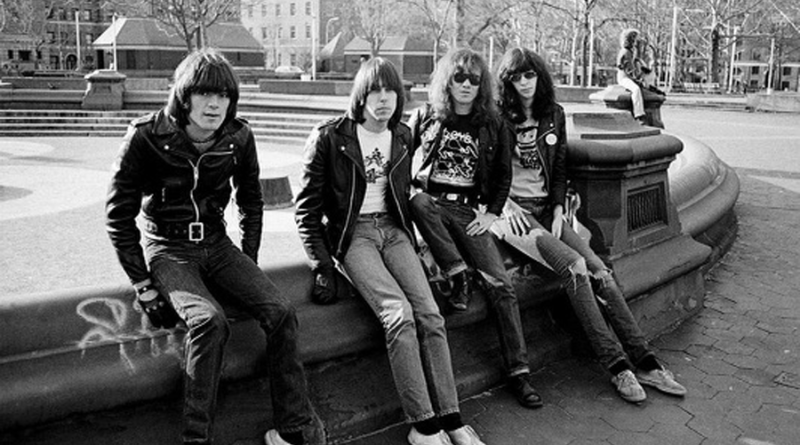The Bridge: Down at the Rock n’ Roll Club
Author and New York venues historian Jesse Rifkin says CBGB spawned punk because it let bands make mistakes.
[This edition of my Hit Parade—“The Bridge” bonus series is available to Slate Plus subscribers only. A link to the episode show page is below. To sign up for Plus—and tell Slate that Hit Parade sent you!—visit slate.com/hitparadeplus.]
In this mini-episode of Hit Parade, host Chris Molanphy is joined by Jesse Rifkin, owner and operator of Walk on the Wild Side Tours NYC and author of the book This Must Be the Place: Music, Community and Vanished Spaces in New York City. Rifkin says that, in the mid-’70s, punk wasn’t really a genre—it was whoever showed up to play at CBGB. Hilly Kristal’s famous club became a scene, because Kristal let all the bands who had played previously get in for free, let them make mistakes onstage and even rebooked them regardless of how many (or how few) people showed up. The result was a rock revolution.
Next, Chris quizzes a Slate Plus listener with some music trivia, gives him a chance to turn the tables with a question of his own, and previews next month’s full-length episode. Slate Plus members can sign up for a chance to be our trivia contestant on a future episode here.
Podcast production by Kevin Bendis.
Special note: Chris’s new book Old Town Road is coming in November! Buy your copy today—and join him for readings and signings at the following venues:
• Tuesday, November 14, 6 p.m. at Housing Works Bookstore, New York, N.Y. (Soho); co-host: Dan Charnas
• Thursday, November 16, 7 p.m. at Taylor & Co. Books, Brooklyn, N.Y. (Ditmas Park); co-host: Kelefa Sanneh.
• Friday, November 17, 5 p.m. at The Institute Library, New Haven, Conn.
Content retrieved from: https://slate.com/podcasts/hit-parade/2023/10/how-cbgb-became-a-scene.

